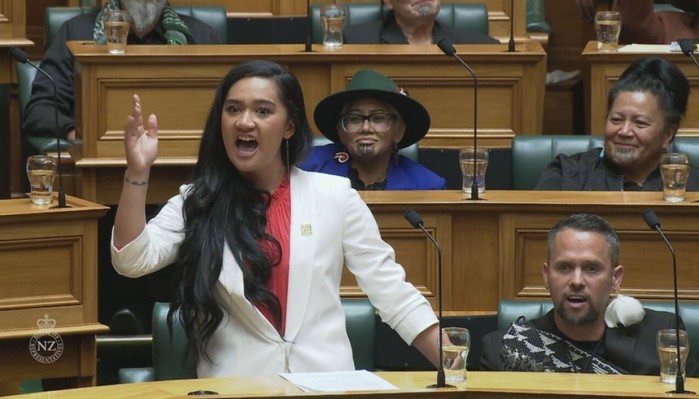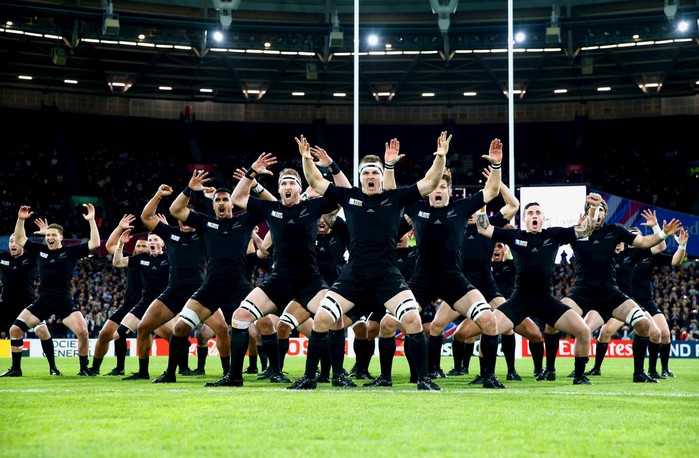 속초6.1℃
속초6.1℃ 북춘천1.4℃
북춘천1.4℃ 철원1.1℃
철원1.1℃ 동두천2.1℃
동두천2.1℃ 파주-0.7℃
파주-0.7℃ 대관령0.4℃
대관령0.4℃ 춘천2.3℃
춘천2.3℃ 백령도4.2℃
백령도4.2℃ 북강릉5.5℃
북강릉5.5℃ 강릉5.9℃
강릉5.9℃ 동해7.6℃
동해7.6℃ 서울3.2℃
서울3.2℃ 인천2.2℃
인천2.2℃ 원주3.5℃
원주3.5℃ 울릉도8.1℃
울릉도8.1℃ 수원2.6℃
수원2.6℃ 영월2.9℃
영월2.9℃ 충주4.4℃
충주4.4℃ 서산3.7℃
서산3.7℃ 울진5.5℃
울진5.5℃ 청주5.1℃
청주5.1℃ 대전4.8℃
대전4.8℃ 추풍령5.5℃
추풍령5.5℃ 안동1.3℃
안동1.3℃ 상주5.5℃
상주5.5℃ 포항7.6℃
포항7.6℃ 군산4.6℃
군산4.6℃ 대구6.0℃
대구6.0℃ 전주5.3℃
전주5.3℃ 울산8.4℃
울산8.4℃ 창원7.2℃
창원7.2℃ 광주7.4℃
광주7.4℃ 부산8.9℃
부산8.9℃ 통영7.9℃
통영7.9℃ 목포7.7℃
목포7.7℃ 여수9.0℃
여수9.0℃ 흑산도9.1℃
흑산도9.1℃ 완도8.6℃
완도8.6℃ 고창6.7℃
고창6.7℃ 순천6.1℃
순천6.1℃ 홍성2.9℃
홍성2.9℃ 서청주4.5℃
서청주4.5℃ 제주12.1℃
제주12.1℃ 고산12.1℃
고산12.1℃ 성산11.8℃
성산11.8℃ 서귀포11.2℃
서귀포11.2℃ 진주3.9℃
진주3.9℃ 강화3.1℃
강화3.1℃ 양평3.2℃
양평3.2℃ 이천3.1℃
이천3.1℃ 인제1.3℃
인제1.3℃ 홍천2.2℃
홍천2.2℃ 태백2.5℃
태백2.5℃ 정선군0.4℃
정선군0.4℃ 제천3.3℃
제천3.3℃ 보은4.7℃
보은4.7℃ 천안4.5℃
천안4.5℃ 보령4.2℃
보령4.2℃ 부여3.1℃
부여3.1℃ 금산5.3℃
금산5.3℃ 세종3.9℃
세종3.9℃ 부안6.2℃
부안6.2℃ 임실5.5℃
임실5.5℃ 정읍5.7℃
정읍5.7℃ 남원6.0℃
남원6.0℃ 장수4.7℃
장수4.7℃ 고창군6.5℃
고창군6.5℃ 영광군7.2℃
영광군7.2℃ 김해시6.3℃
김해시6.3℃ 순창군5.9℃
순창군5.9℃ 북창원6.2℃
북창원6.2℃ 양산시7.4℃
양산시7.4℃ 보성군8.9℃
보성군8.9℃ 강진군8.1℃
강진군8.1℃ 장흥8.2℃
장흥8.2℃ 해남8.0℃
해남8.0℃ 고흥8.6℃
고흥8.6℃ 의령군1.2℃
의령군1.2℃ 함양군7.9℃
함양군7.9℃ 광양시8.3℃
광양시8.3℃ 진도군8.4℃
진도군8.4℃ 봉화0.6℃
봉화0.6℃ 영주5.5℃
영주5.5℃ 문경6.1℃
문경6.1℃ 청송군1.2℃
청송군1.2℃ 영덕6.6℃
영덕6.6℃ 의성2.3℃
의성2.3℃ 구미4.2℃
구미4.2℃ 영천7.3℃
영천7.3℃ 경주시6.5℃
경주시6.5℃ 거창3.2℃
거창3.2℃ 합천3.8℃
합천3.8℃ 밀양4.3℃
밀양4.3℃ 산청8.6℃
산청8.6℃ 거제9.0℃
거제9.0℃ 남해9.3℃
남해9.3℃ 북부산7.3℃
북부산7.3℃

뉴질랜드 정치인 Hana-Rawhiti Maipi-Clarke가 의회에서 연설을 하고 있었다. 연설 중에 그녀는 청중에 있는 동료 마오리족과 함께 전통 마오리 춤인 하카(Haka)를 공연했다. 그 정치인은 마오리 출신으로 자신의 메시지를 열정적으로 전달하고 자신의 전통을 자랑스러워했다.
하나 라위티 마이피 클라크(Hana-Rawhiti Maipi-Clarke)는 21세에 170세 최연소 정치인이다. 그녀는 모국어의 억압에 대해 연설하면서 모국어 공연을 선보였다. 그녀의 조상은 50년 전 문화 복원을 위해 싸웠던 활동가 하나 테 헤마라(Hana Te Hemara)였다. 그녀는 조상들의 발자취를 따라 자신의 문화가 사라지는 것에 대한 우려도 표명했다.
그녀가 공연한 하카 공연은 마오리족이 전쟁 전에 가장 흔히 행하는 공연이자 의식이다. 이는 전쟁에서의 승리를 기원하는 기도의 표시이다. 눈을 뜨고 혀를 내미는 것이 춤의 특징이다. 또한 큰 소리로 외치며 가슴과 허벅지를 두드리며 지배력을 다진다.

하카는 스포츠에서도 인기가 높다. 뉴질랜드 럭비 국가대표팀 올블랙스(All Blacks)는 경기 시작과 동시에 상대팀을 위협하기 위해 하카(Haka)를 선보인다. 1905년부터 시작된 하카는 뉴질랜드 럭비의 전통이자 상징이다.
마오리족의 또 다른 전통은 모코(Moko)이다. 이는 일반적으로 소용도리 모양의 문신이며 모코를 가진 사람의 가족, 혈총 및 기타 정체성에 따라 다르다. 영국의 유명한 탐언가 제임스 쿡은 마오리족의 모코를 보고 육지 정복을 포기했다.
1840년 영국이 땅을 정복했을 때 그들은 땅에 대한 권리를 부여하는 와이탕이 조약을 작성했다. 그러나 조약에는 타옹가(Taonga)가 기록되어 영국이 땅을 정복했지만 숲, 땅, 사람들의 전통은 마오리의 권리의 일부가 될 것이라고 명시했다. 이 조약 덕분에 마오리족은 정복 기간 동안 일부 전통을 유지하면서도 자신들의 전통과 언어를 유지할 수 있었다. 이로 인해 뉴질랜드의 공식 언어에는 마오리어가 포함되어 오늘날 마오리 문화의 중요성을 보여준다.
The Youngest Member of Parliament at 21 Years Old, Competing with the New Zealand Government... Why She Shouted ‘Haka
Hana-Rawhiti Maipi-Clarke, a Newzeleand Politician, was at the congress presenting a speech. During her speech, she performed Haka, a traditional Māori dance, along with fellow Māori people in the audience. The politician was a Māori descent, passionately communicating her message and being proud of her tradition.
Hana-Rawhiti Maipi-Clarke, was the youngest politician in 170 years at the age of 21. She was presenting her native performance whilst giving a speech about the oppressions of her native language. Hana Te Hemara, an activist 50 years ago who fought for the restoration of the culture, was an ancestor of her. Following her ancestors' steps, she also expressed concern about the loss of her culture.
Haka, the performance she had performed, is a performance and ceremony by the Māori most commonly done before war. It is a sign of prayer to their triumph in the war. Some characteristics of the dance are opening the eyes, and sticking out the tongue. In addition, they shout loudly and pat their chest and thighs as a usher of dominance.
Haka is also popular in sports; the national rugby team of New Zealand, named the All Blacks, perform the Haka at the start of the match to give intimidation to the opposing team. Starting from 1905, Haka is the tradition and symbol of rugby in New Zealand.
Another tradition of the Māori is Moko. It is a tattoo commonly in the shape of a tornado, and varies depending on the family, wealth and other identities of the person with the Moko. A famous English sailor, James Cook, saw the Māori’s Moko and gave up on the conquer of the land due to the intimidation of the game.
In 1840, when the English conquered the land, they wrote the Treaty of Waitangi, giving the right of the land. However, in the treaty, the Taonga was written, stating that although the english conquered the land, the forest, land, and tradition of the people will be part of the Māori’s right. Thanks to this portion of the treaty, although some of the traditions during the conquest, the Māori were able to keep their tradition and language. Due to this, the official languages of New Zealand included Māori, showing the importance of the culture of Māori in the present day.
[저작권자ⓒ 세계투데이. 무단전재-재배포 금지]






































































